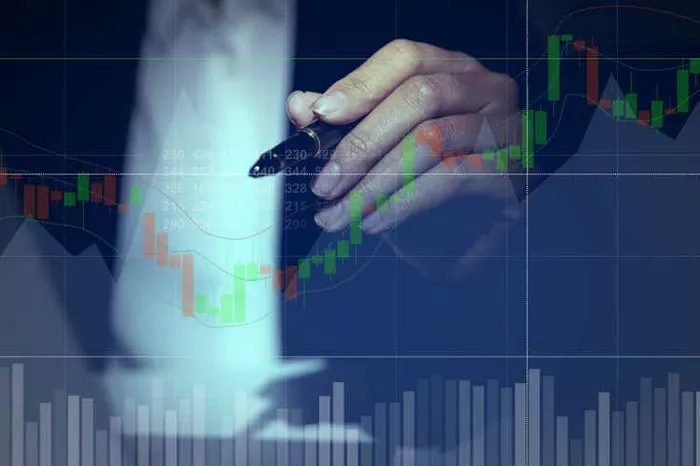Silver futures contracts are a cornerstone of commodities trading, providing investors with a means to speculate on the future price movements of silver. While many traders focus on buying and selling contracts before they expire, it’s essential to understand how silver futures are delivered upon expiration. In this comprehensive guide, we explore the intricacies of the silver futures delivery process, including contract specifications, delivery mechanisms, and considerations for traders.
Understanding Silver Futures Contracts
Silver futures contracts are standardized agreements traded on futures exchanges that obligate the buyer to purchase and the seller to deliver a specified quantity of silver at a predetermined price on a specified future date. These contracts enable traders to hedge against price fluctuations, speculate on silver prices, and manage risk exposure in the silver market.
Each silver futures contract has specific contract specifications, including the contract size, tick size, tick value, delivery months, and delivery location. Contract specifications are determined by the exchange where the futures contract is traded and are designed to ensure uniformity, transparency, and liquidity in the marketplace.
Contract Size and Tick Size: The contract size represents the quantity of silver covered by one futures contract, typically measured in troy ounces. The tick size is the minimum price movement allowed for the futures contract, expressed in fractions of a cent per troy ounce.
Delivery Months: Silver futures contracts have designated delivery months specified by the exchange, indicating the months in which the contract is available for trading and delivery. Delivery months typically include several consecutive months throughout the year, allowing traders to choose contracts with different expiration dates based on their trading strategies and objectives.
Delivery Location: The delivery location is the designated facility where physical silver is delivered and received upon expiration of the futures contract. Delivery locations are specified by the exchange and may include warehouses, refineries, or other approved facilities that meet exchange requirements for storing and handling silver.
The Delivery Process for Silver Futures Contracts
The delivery process for silver futures contracts begins when the contract approaches expiration and the delivery month arrives. Traders who hold long positions in expiring contracts and wish to take delivery of physical silver must submit a notice of intent to the exchange indicating their intention to take delivery.
Upon receiving a notice of intent, the exchange assigns a delivery notice to the trader and notifies the seller of the futures contract of the impending delivery. The seller, also known as the short position holder, must then deliver the specified quantity of silver to the designated delivery location by the expiration date of the contract.
Delivery may occur through several methods, including physical delivery of silver bars or coins, warehouse receipts, or electronic transfers of ownership. The delivery process is governed by exchange rules and regulations, which specify the procedures, documentation requirements, and timelines for delivery and receipt of silver.
Traders who do not wish to take delivery of physical silver can offset their positions by selling their contracts before expiration or rolling over their positions to a later expiration month. Rolling over involves closing out existing positions in expiring contracts and simultaneously opening new positions in contracts with later expiration dates, allowing traders to maintain exposure to silver prices without taking delivery.
Considerations for Traders
Traders considering taking delivery of physical silver through silver futures contracts should carefully consider several factors before initiating the delivery process. These factors include storage costs, transportation logistics, quality specifications, and market conditions.
Storage Costs: Traders who take delivery of physical silver must arrange for storage facilities to hold the silver securely until they decide to sell or use it. Storage costs can vary depending on factors such as location, security measures, and insurance coverage, and should be factored into the overall cost of owning physical silver.
Transportation Logistics: Traders who take delivery of physical silver must arrange for transportation from the delivery location to their chosen storage facility. Transportation logistics include arranging for shipping, handling, and insurance, as well as complying with regulatory requirements for transporting precious metals.
Quality Specifications: Traders should ensure that the physical silver they receive meets quality specifications outlined in the futures contract, including purity, weight, and authenticity. Silver bars or coins delivered for futures contracts must meet exchange-approved standards and undergo inspection and verification before acceptance.
Market Conditions: Traders should assess market conditions, supply and demand dynamics, and price trends before deciding to take delivery of physical silver. Market conditions can affect the availability, pricing, and liquidity of physical silver, as well as the potential for price appreciation or depreciation over time.
Conclusion
In conclusion, understanding the silver futures delivery process is essential for traders who wish to take delivery of physical silver upon expiration of their contracts. By familiarizing themselves with contract specifications, delivery mechanisms, and considerations for traders, investors can make informed decisions about participating in the silver futures market.
While the majority of silver futures contracts are settled through cash settlement or offsetting trades, some traders may choose to take delivery of physical silver for investment or industrial purposes. Traders considering taking delivery should carefully evaluate the costs, logistics, and market conditions associated with owning physical silver and ensure compliance with exchange rules and regulations.
Ultimately, the silver futures delivery process provides traders with flexibility and options for managing their exposure to silver prices and achieving their trading objectives. By understanding the delivery process and its implications, traders can navigate the complexities of the silver futures market with confidence and discipline.


